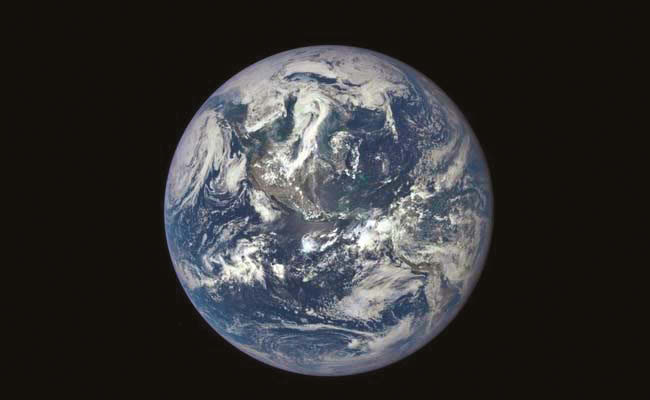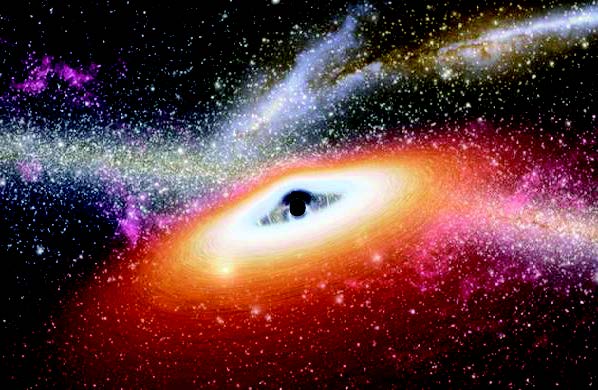
NEW YORK (TIP): Scientists have discovered an ancient space rock which can reportedly shed more light on the evolution of life. The meteorite, discovered in Sweden’s fossil meteorite-rich Thorsberg quarry, belongs to a type that has never before found on the Earth.
The new meteorite, called Ost 65, appears to be from the missing partner in a massive asteroid collision 470 million years ago.
The collision sent debris falling to the Earth over about a million years and may have influenced a great diversification of life in the Ordovician Period which lasted almost 45 million years, beginning 488.3 million years ago and ending 443.7 million years ago.
One of the objects involved in this collision is well-known. It was the source of L-chondrites, the most common type of meteorite. But the identity of the object that hit it has been a mystery.
“In our entire civilisation, we have collected over 50,000 meteorites and no one has seen anything like this one before,” said study co-author Qing-zhu Yin, professor of geochemistry and planetary sciences at University of California-Davis. “Discovering a new type of meteorite is very, very exciting.”
Measuring just under four-inches wide, it looks like a gray cow patty plopped into a pristine layer of fossil-rich pink limestone.
By measuring how long Ost 65 was exposed to cosmic rays, the team established that it travelled in space for about a million years before it fell to the Earth 470 million years ago. This timeline matches up with L-chondrite meteorites found in the quarry.
According to the researchers, about 100 times as many meteorites slammed into the Earth during the Ordovician Period compared with today owing to the massive collision in the asteroid belt.
This rain of meteorites may have opened new environmental niches for organisms, thus boosting both the diversity and complexity of life on Earth. “I think this shows the interconnectedness of the entire solar system in space and time, that a random collision 470 million years ago in the asteroid belt, could dictate the evolutionary path of species here on Earth,” Yin explained.





Be the first to comment